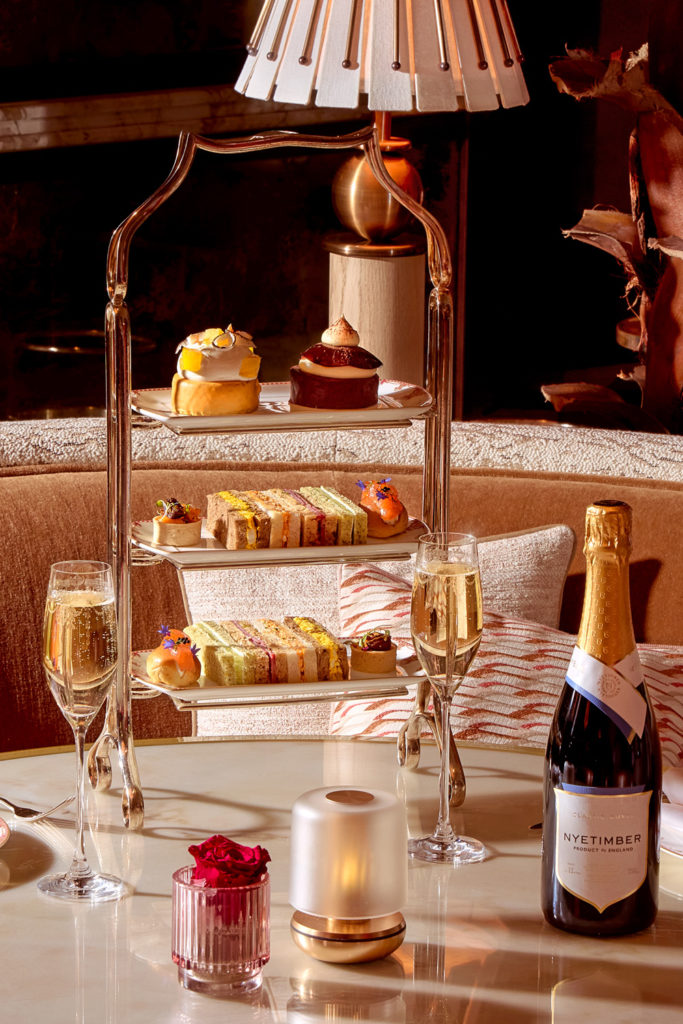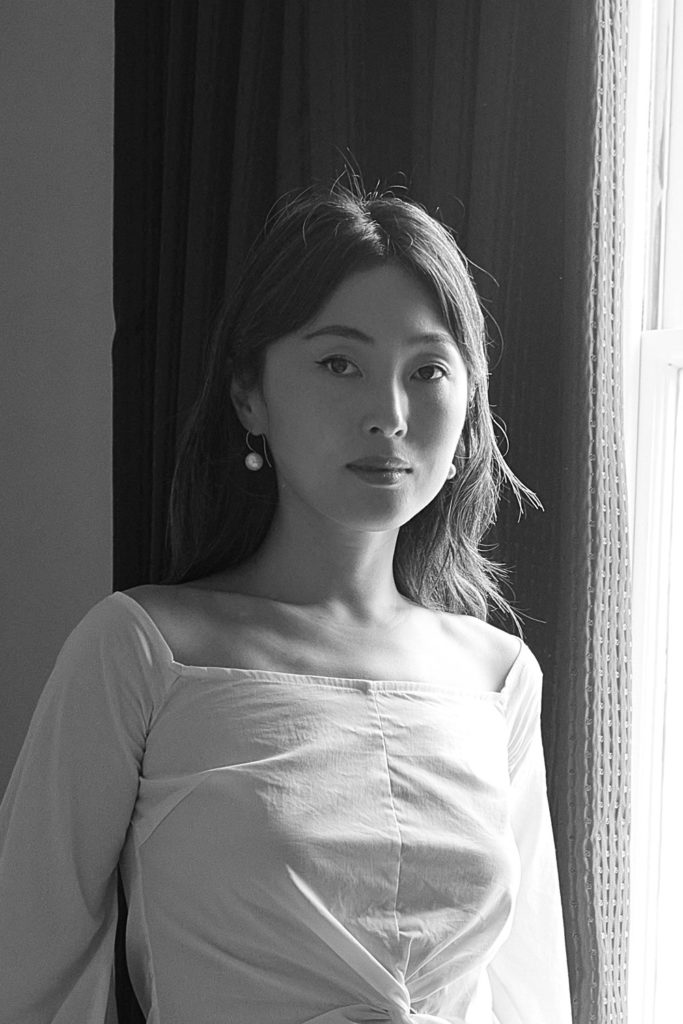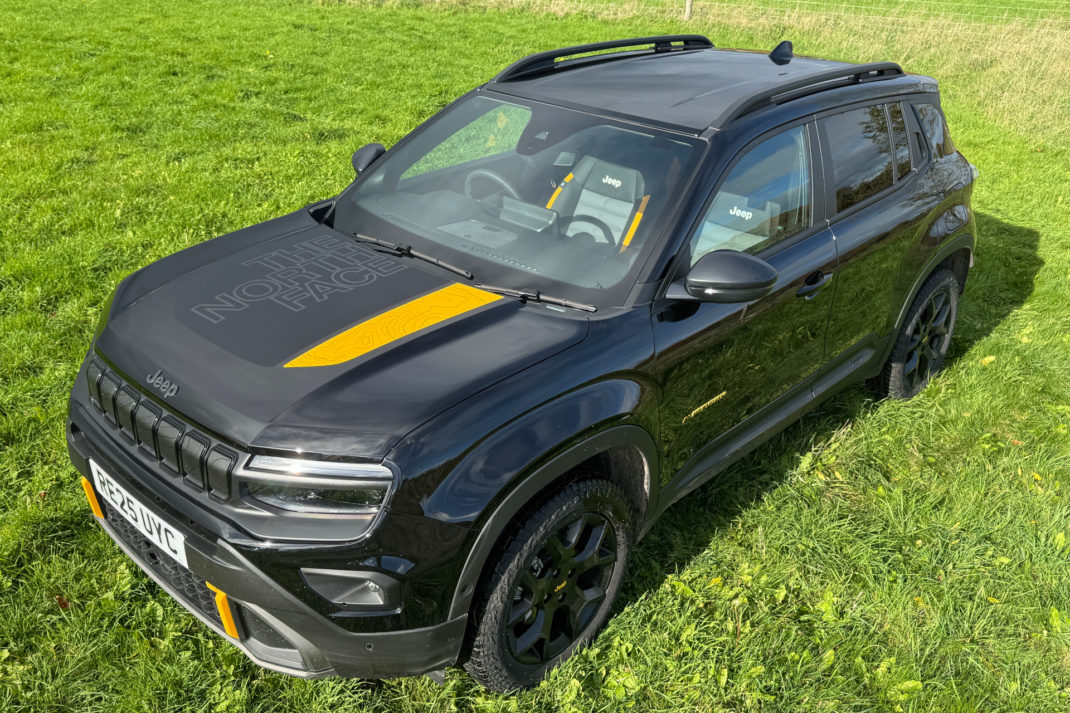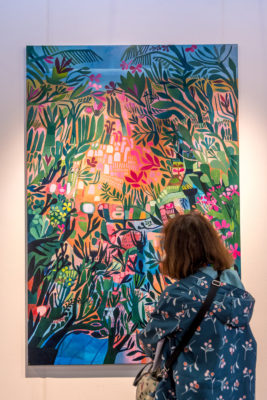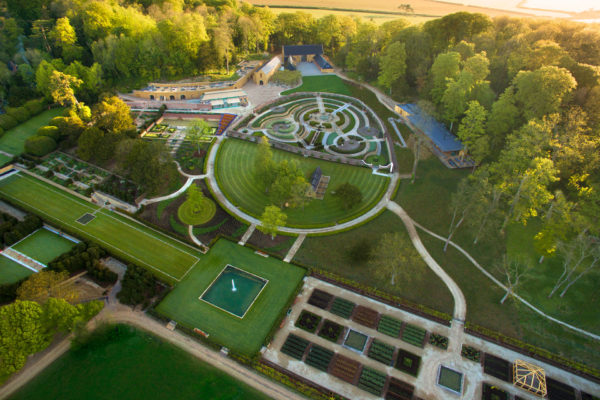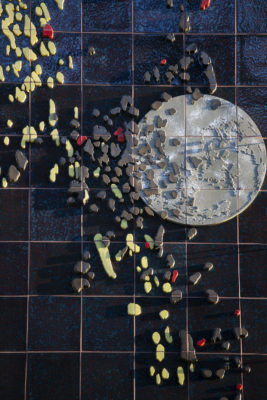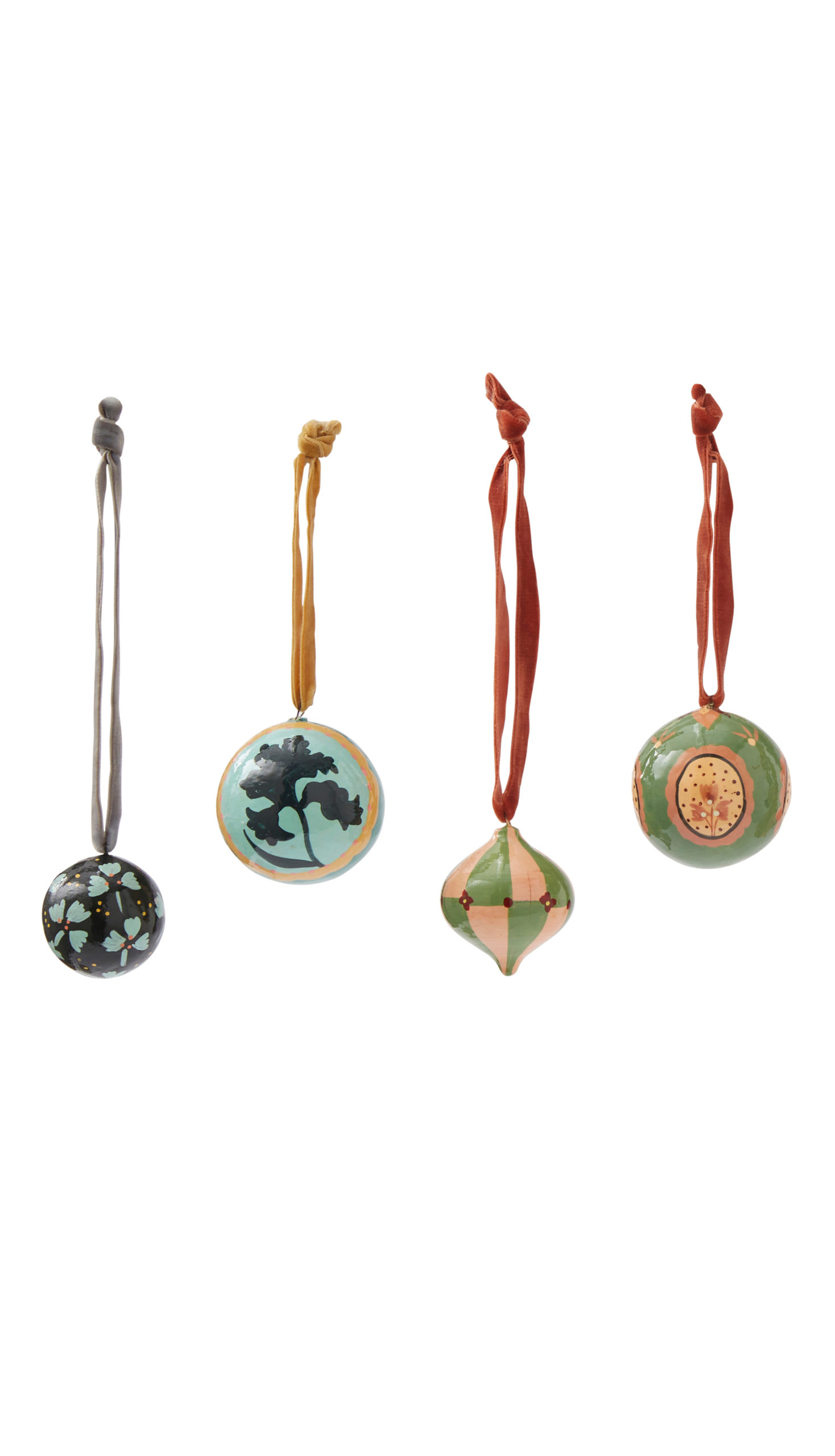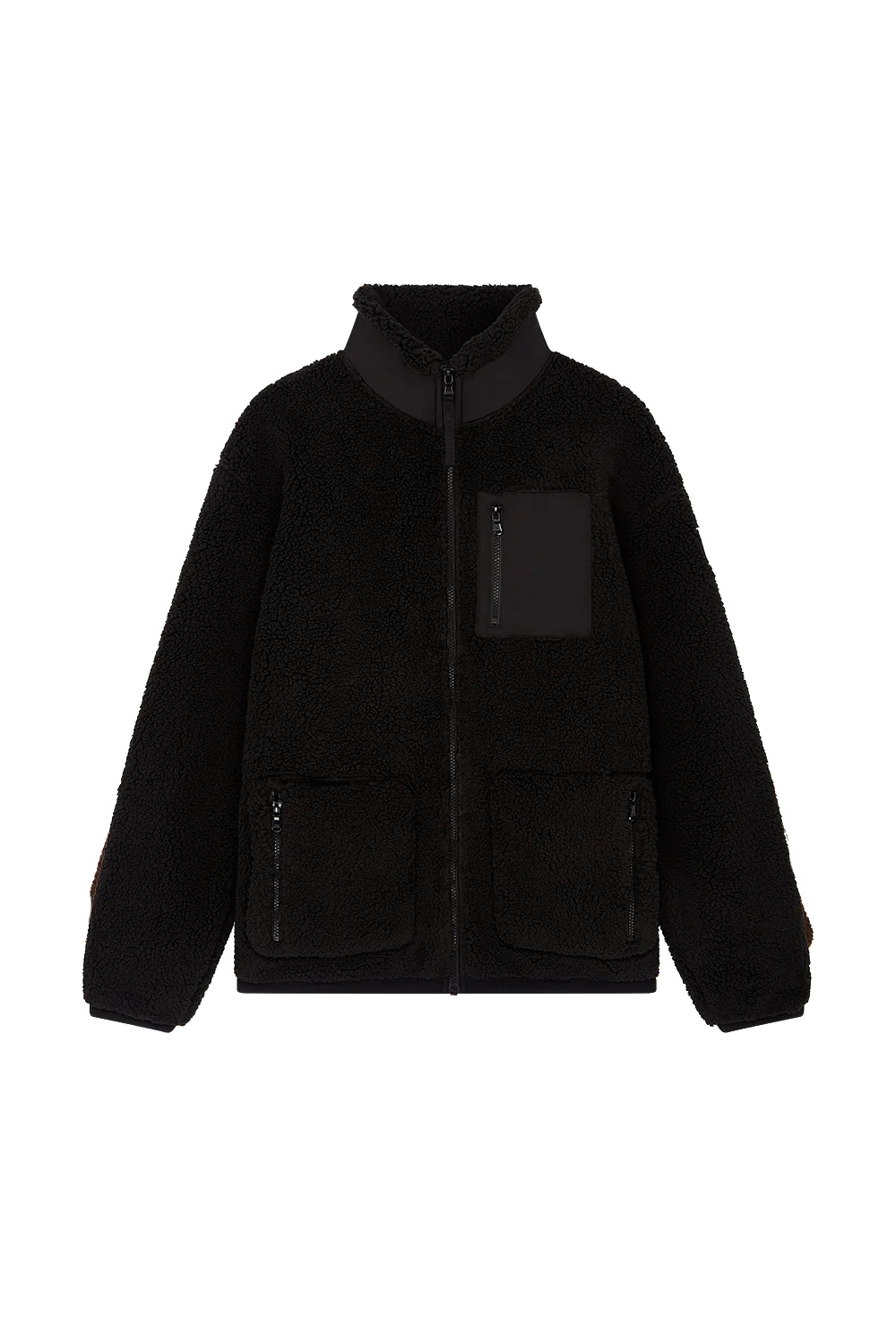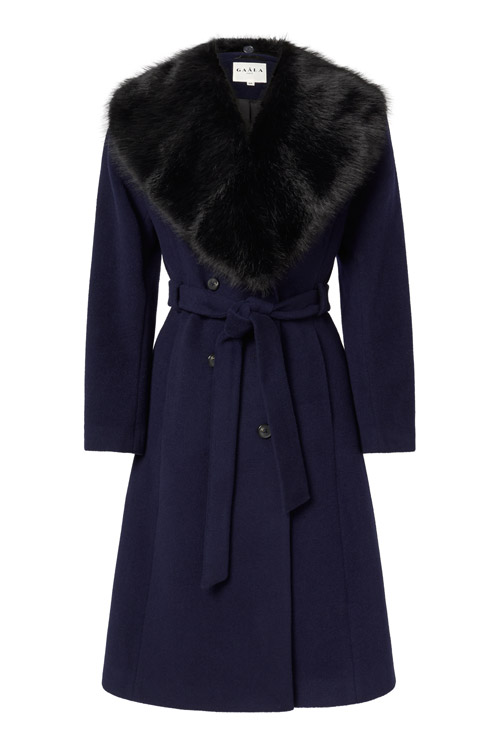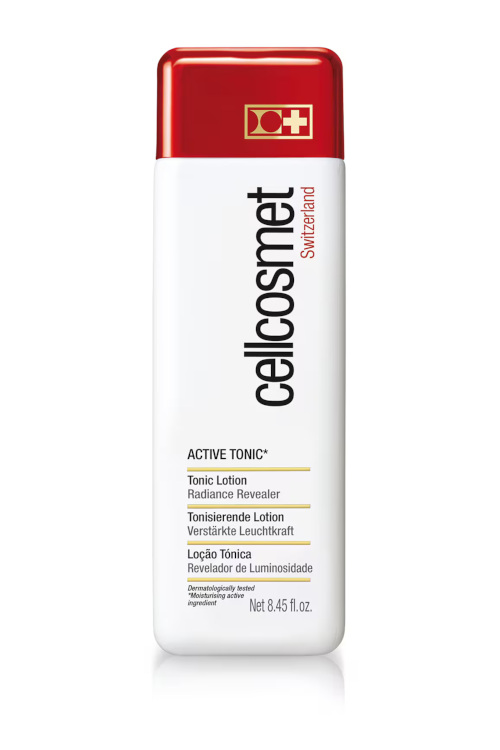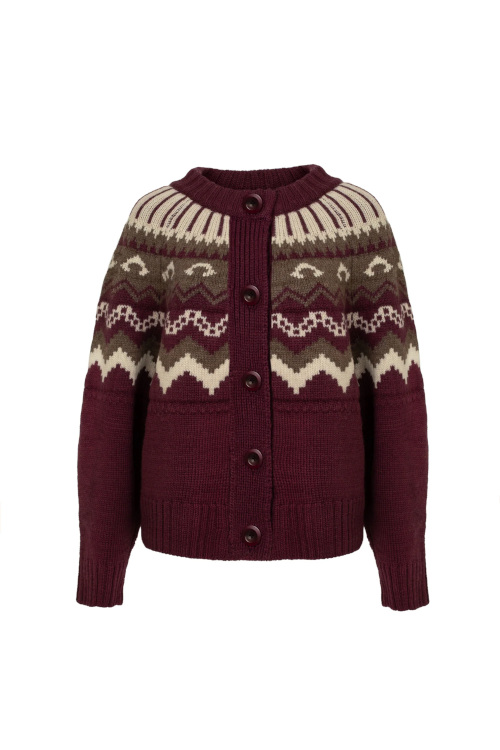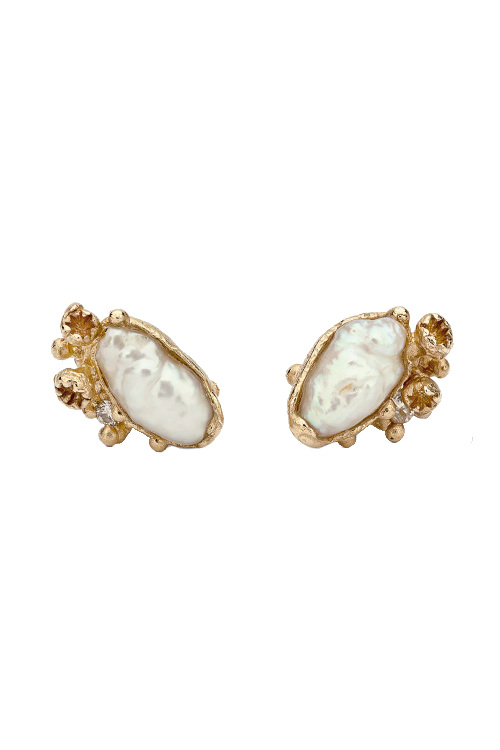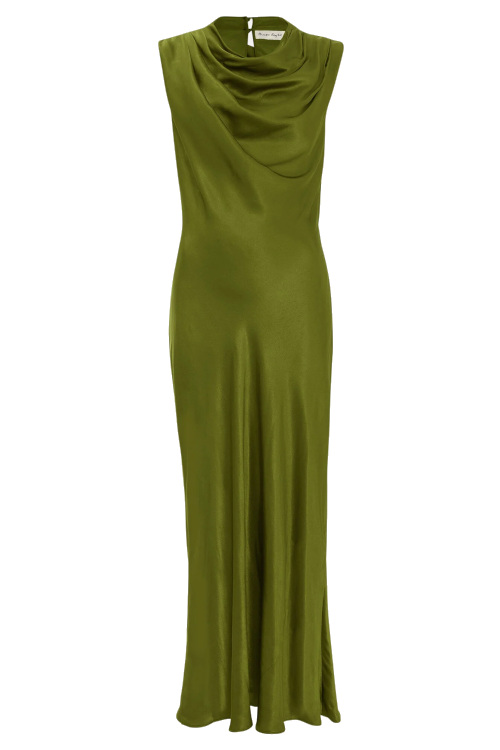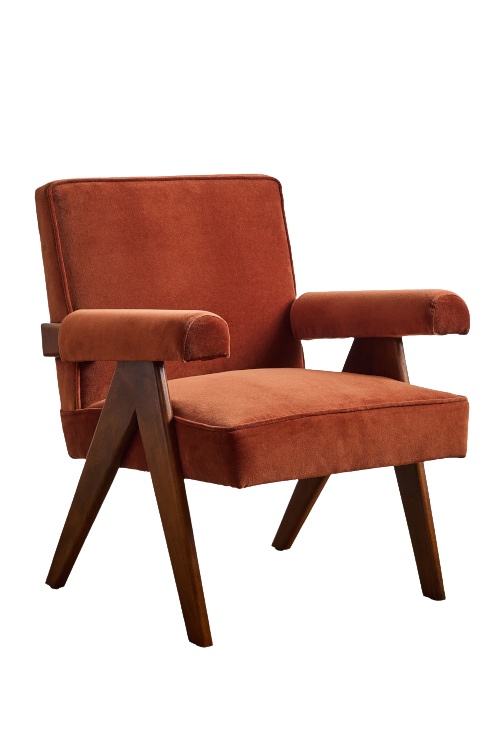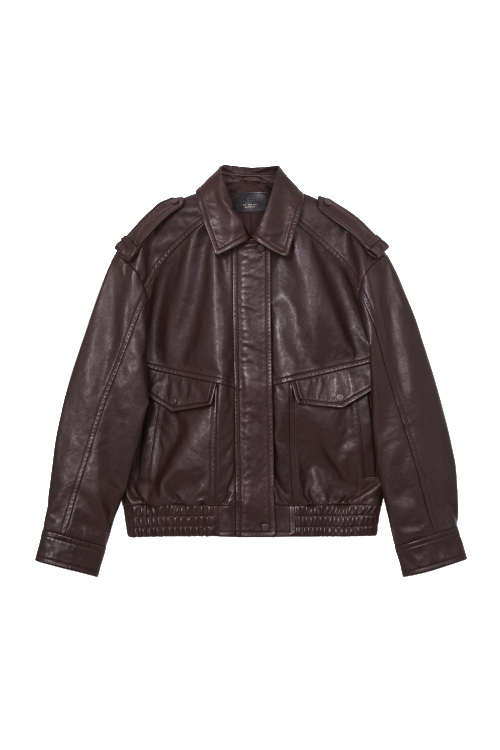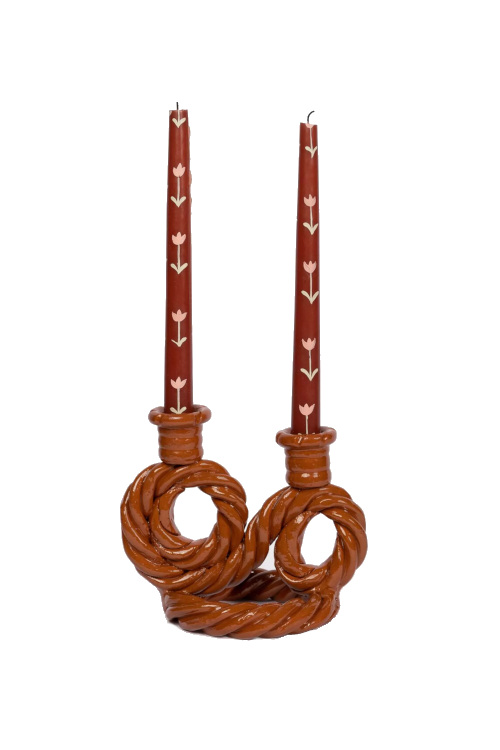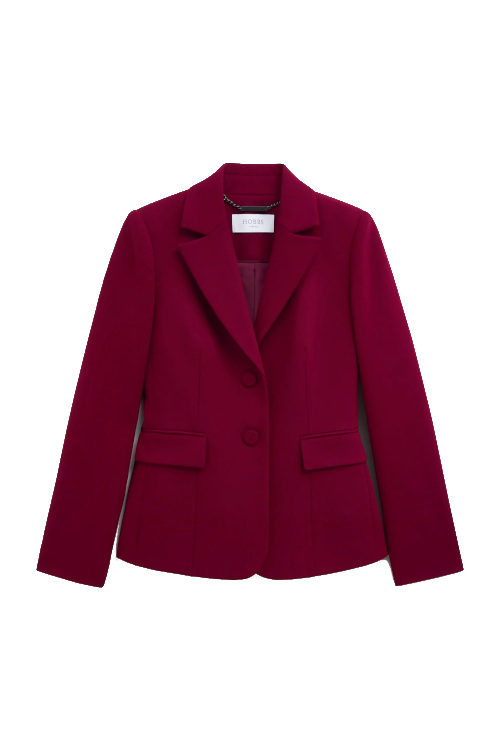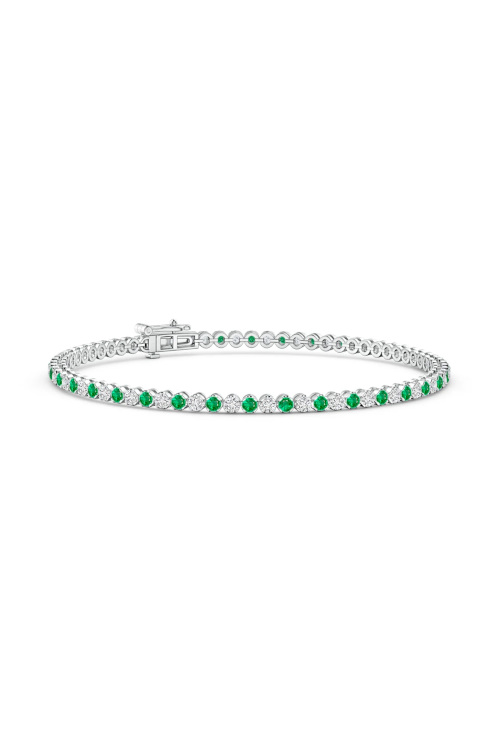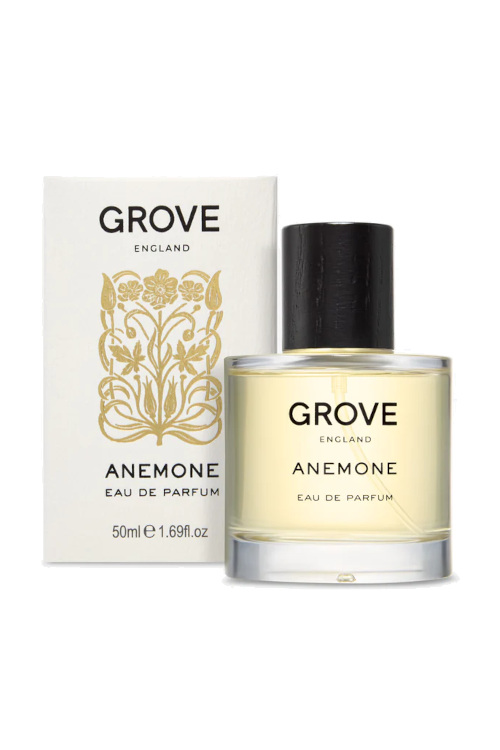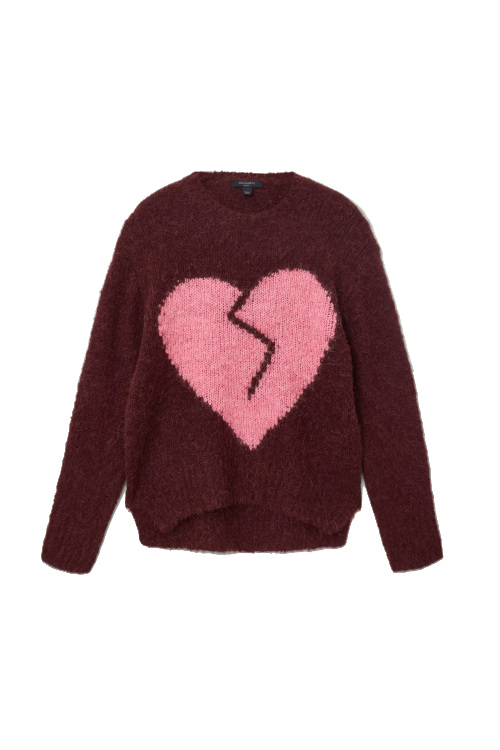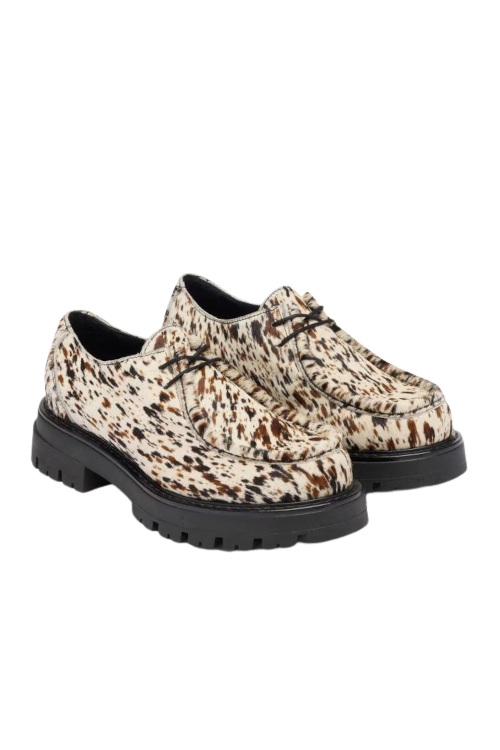Meet The Curator: After Nature At CLOSE, Somerset
By
3 months ago
We picked the brains of Ben Tufnell to find out more about this new exhibition
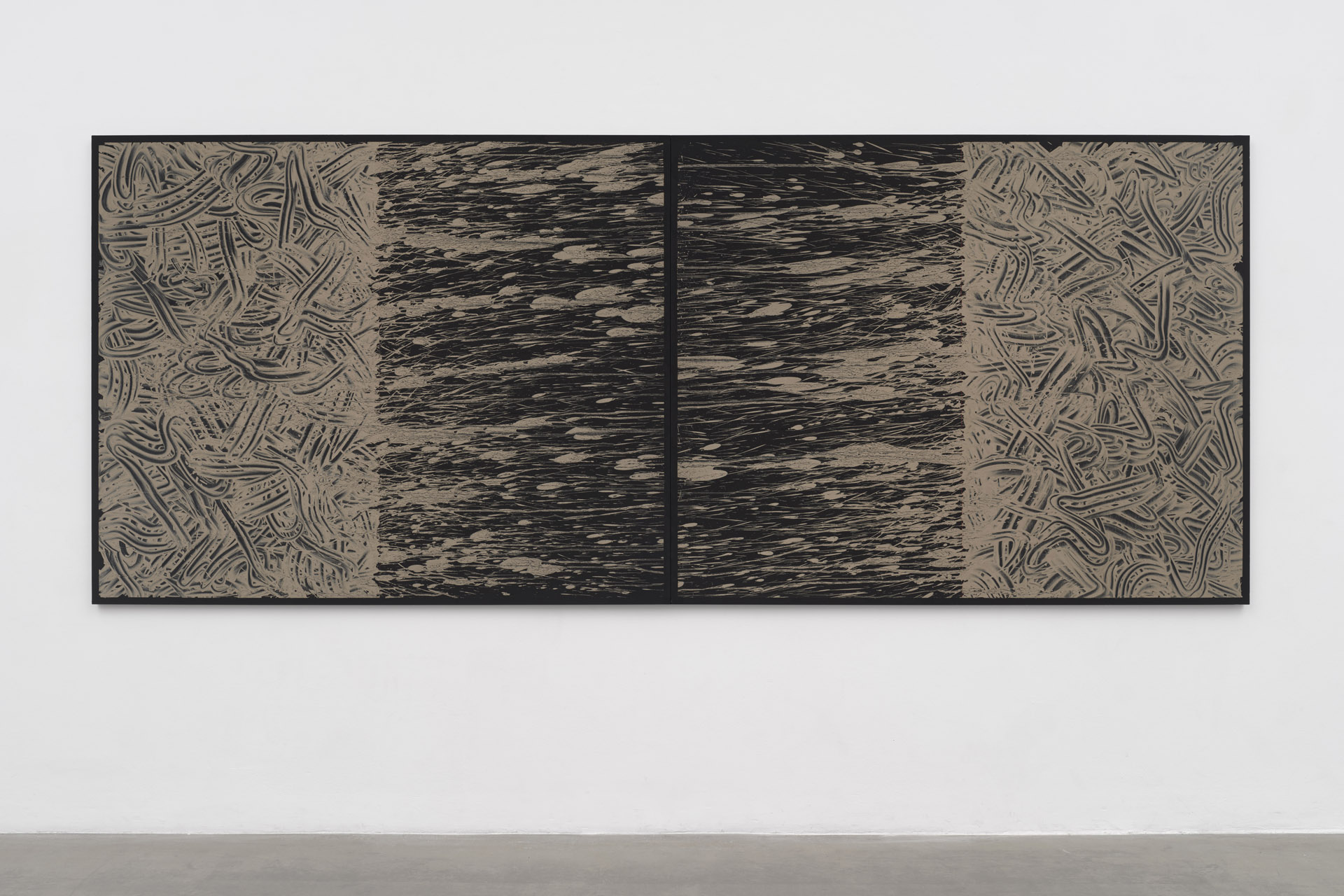
Hidden in the Somerset countryside, surrounded by rewilded lands and running entirely on green biofuel, you can discover a most radical art gallery indeed. Helmed by Freeny Yianni – who lives in a 17th century house on the estate with her artist-environmentalist husband and children – CLOSE challenges everything we know about rural galleries, their scope and purpose. The intention is slowness, and the result is an engaged fanbase of artists, curators and collectors alike across exhibitions, residencies and education.
The next exhibition on the agenda brings together established and emerging artists to explore nature in a 21st century context. Titled After Nature, we caught up with the exhibition’s curator Ben Tufnell, formerly a curator at Tate, to find out more.
Interview: Ben Tufnell, Curator Of After Nature
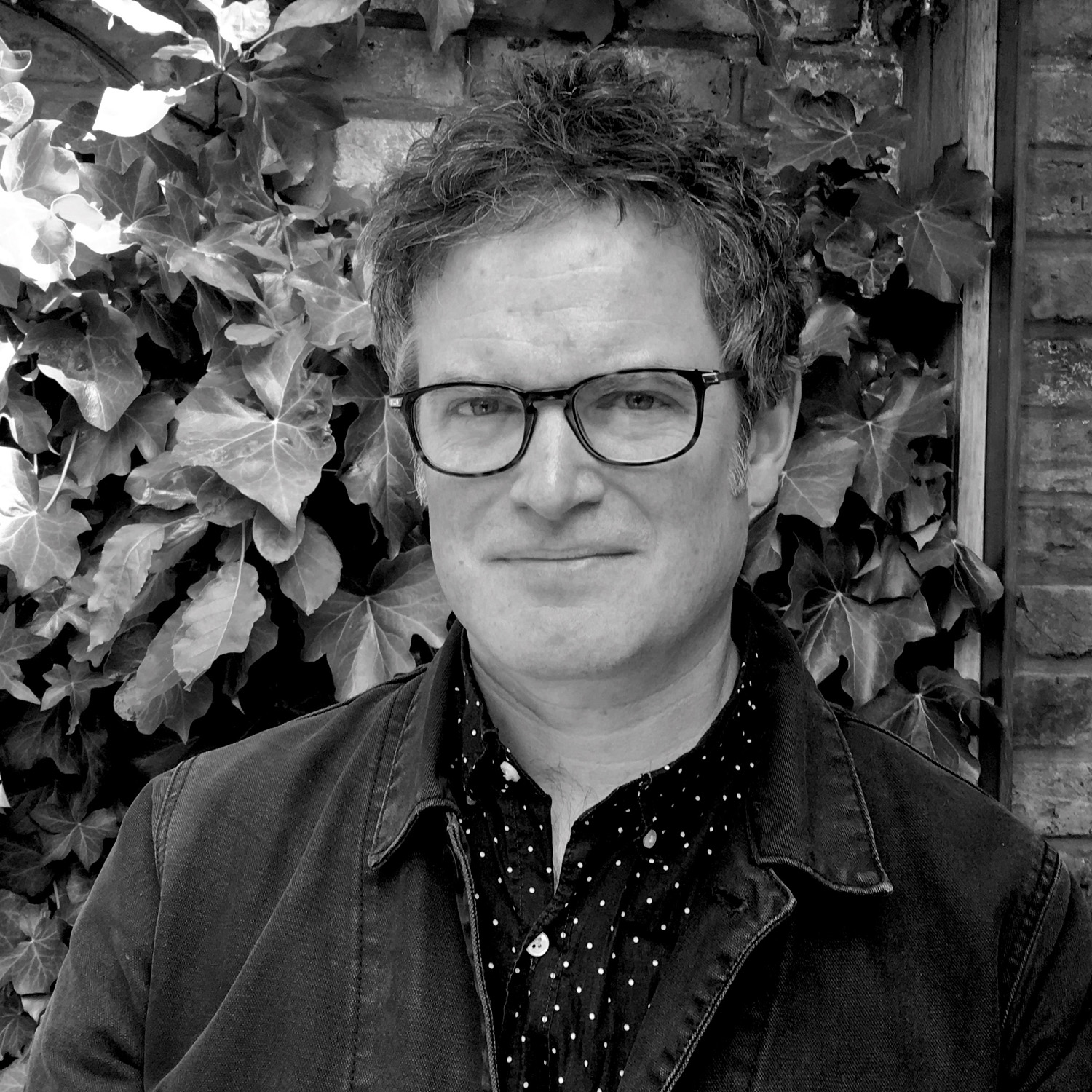
Ben Tufnell, curator of After Nature at CLOSE Somerset
Tell us about After Nature. What can we expect?
After Nature is a group exhibition, featuring a cross-generational mix of artists. It explores ways of making art ‘after’ nature – that is, in imitation of natural forms and systems (but inevitably haunted by the idea of coming after nature too). Including sculptures, ceramics, drawings, paintings and photographic works, it hopefully offers a timely exploration of the ways in which artists are looking at and thinking about nature in the 21st century.
What’s the background? How did the exhibition come to fruition?
It’s an exhibition I’ve been thinking about for a long time, but it feels like this is the right moment for it. I’ve worked with and written about a lot of the artists over the years so it’s exciting to bring them together like this, and also to make new connections. Given CLOSE’s location in Somerset we were keen to lean into the very vibrant arts scene in the West country and half of the artists in the show are based in the region.
There’s a mix of established and emerging artists on display. How did you bring them all together? How do they speak to each other and/or balance each other out?
The works in the show are really varied but they speak to each other thematically. The artists – both young and old – are all interested in exploring our relationship with nature. Some do that through their use of materials (there are works made with mud, ochre, rocks, charcoal, even flowers), some by exploiting natural phenomena such as gravity or evaporation, and others through a process of intense observation.
For me it’s very exciting to show the work of young artists like Lotte Scott and Aimee Parrott alongside senior figures like Richard Long, Chris Drury and David Nash, who have been working since the ‘60s and ‘70s. I think each enriches the other.
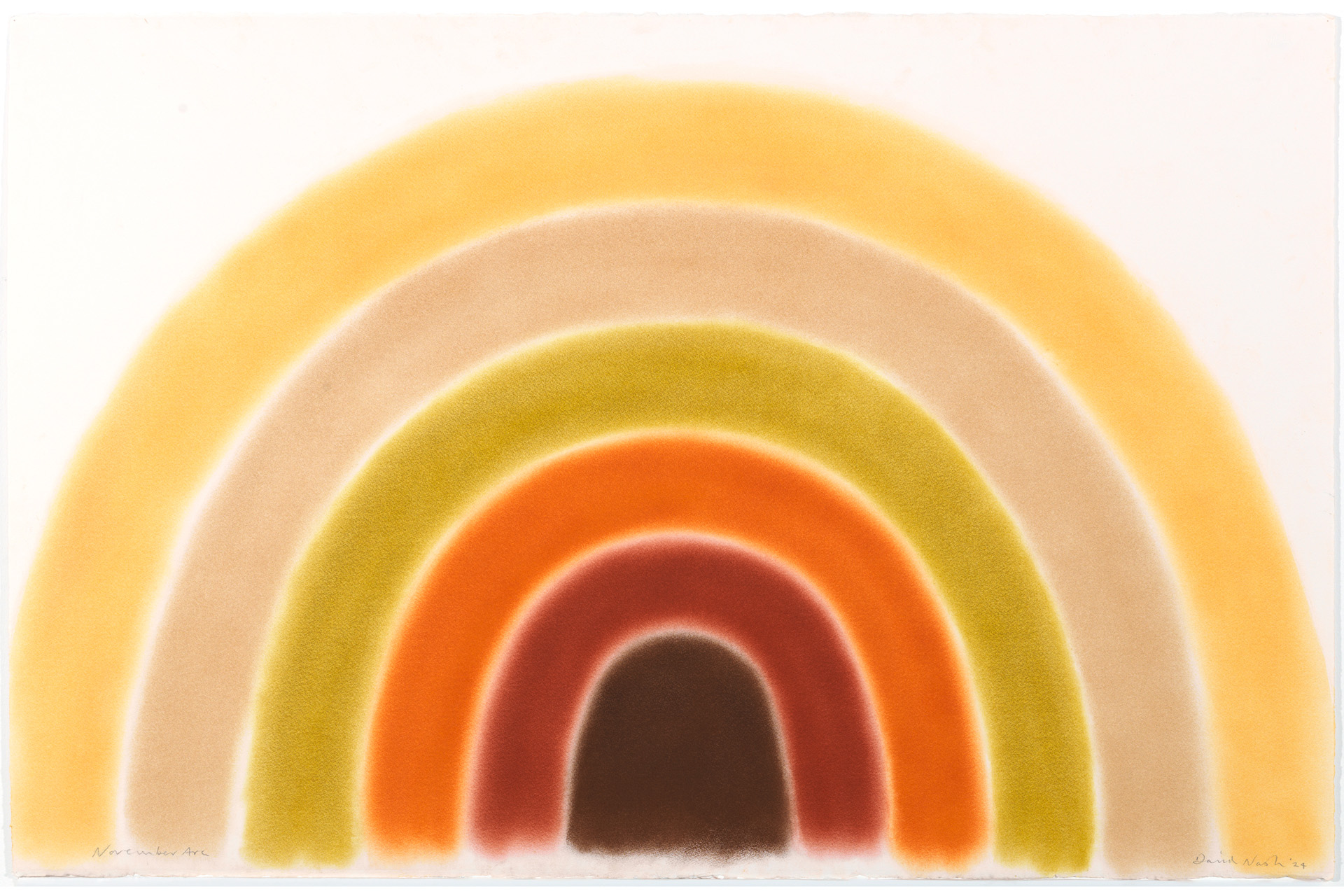
David Nash, November, Arc 2024, pigment on paper, 56×101.5cm. (Courtesy the artist and CLOSE ltd.)
Tell us about the art on display: the mediums, the topics, messages, etc?
This is definitely a show both for and about the present moment: an exhibition for a time of environmental collapse, a quickening emergency. Ecology is a key theme that runs through the show but it’s important to stress that none of the work is polemical. It’s not a campaigning exhibition. Rather, it quietly and insistently asks us to look again at nature: beautiful works made from humble materials; a study of the ways in which the leaves on an oak tree change colour with time; tracing the shifting shadow of a rock as the sun crosses the sky over the course of a day. These things can offer us unexpected insights, hopefully leading to a renewed appreciation of the present moment and the predicament we face.
What are the highlights?
So many! A major mud piece by Richard Long, a site-specific wall painting in dust and ash by Chris Drury, ceramics by Nissa Nishikawa fired and glazed using organic materials gathered from the land around the gallery, beautiful paintings by Onya McCausland made using pigments derived from mine waste, extraordinary work by Alexandra Daisy Ginsberg visualising a bees-eye view of pollinator friendly planting schemes…
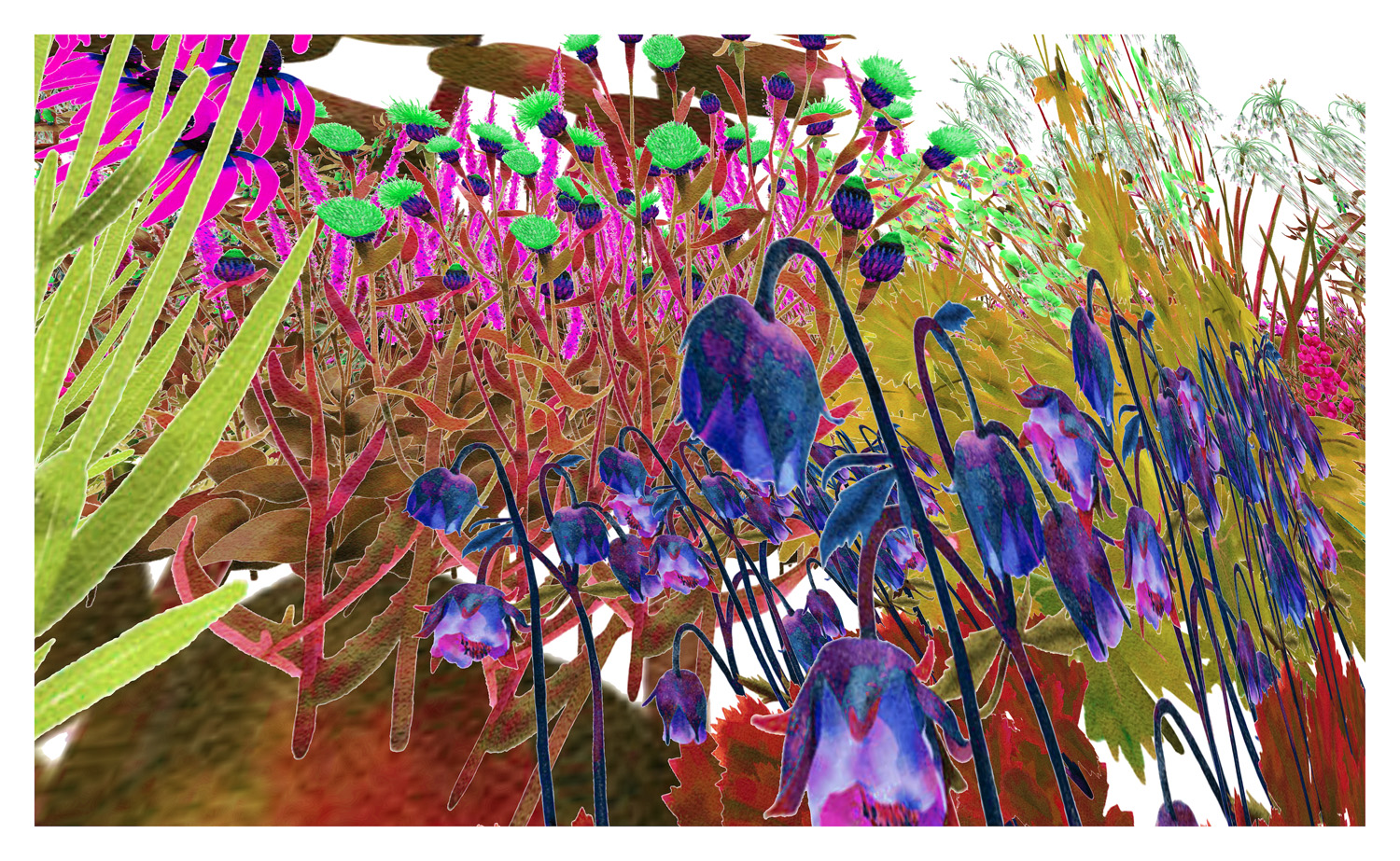
Alexandra Daisy Ginsberg, Pollinator Pathmaker: iFADDiPqc5HU3KiFxjBEuG (PollinatorVision, Early Summer), 2025. (Courtesy the artist and CLOSE ltd.)
After Nature is on display at CLOSE in Somerset this autumn. Tell us about the gallery, and why it’s a great place to tell this story?
CLOSE was founded by Freeny Yianni in 2019. This purpose-built gallery is beautifully embedded in the Somerset landscape, offering a distinctive setting for contemporary art. Its programming is dynamic and wide-ranging – from the rigorously accomplished paintings of Jane Harris to the radical performance practice of Carali McCall – while maintaining a strong emphasis on community engagement and a slower contemplative approach. With Freeny and her team deeply committed to ecological thinking, sustainability, and green initiatives, CLOSE provides an ideal context for a show like After Nature.
After Nature runs 13 September to 25 October 2025 at CLOSE (Close Ltd, Hatch Beauchamp, Taunton TA3 6AE).

